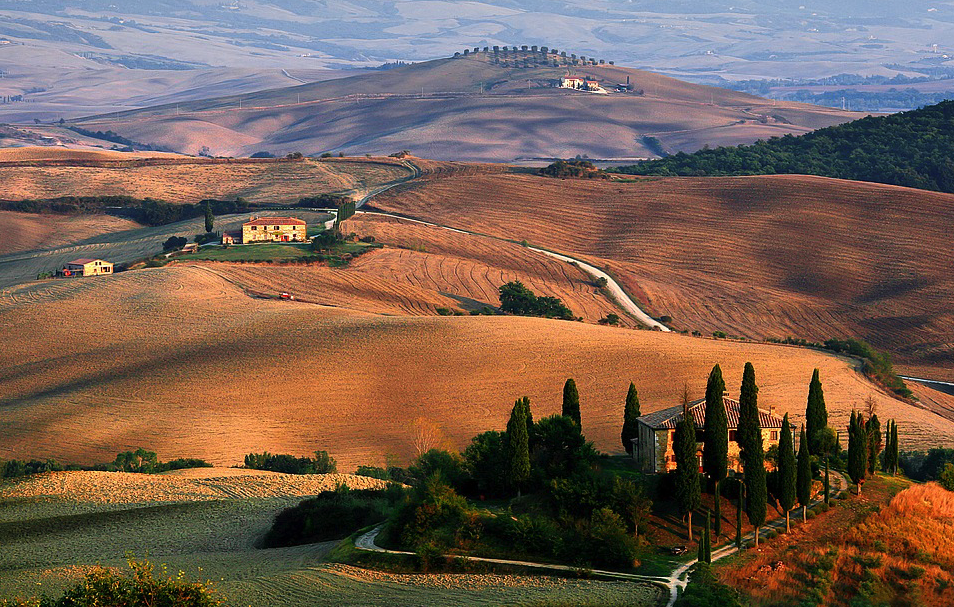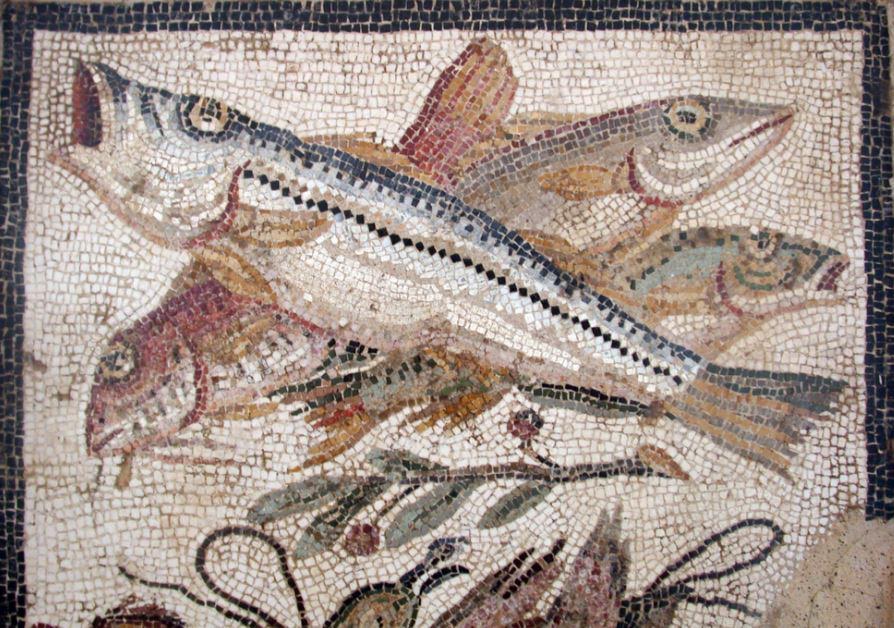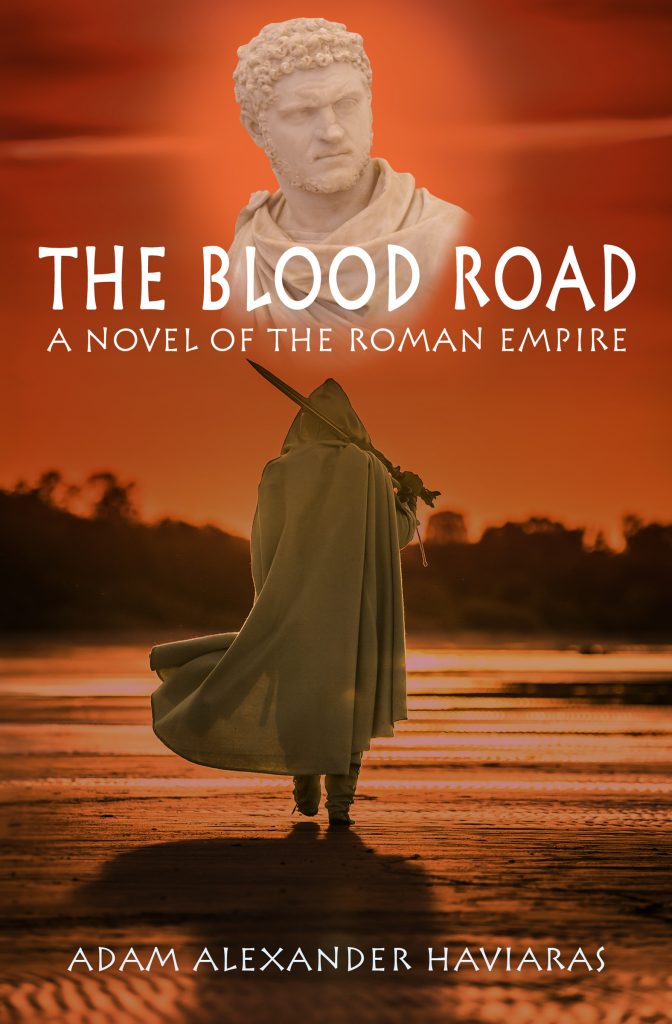Salvete Romanophiles!
Welcome back to The World of The Blood Road!
If you missed Part V in the this blog series, in which we looked briefly at the history of Carthago Nova, you can read about it right HERE.
Today, in Part VI, we’re going to be taking a look a region that has a very ancient history, but that also means a lot to me personally. We’re going to be taking a brief look at Roman Etruria, the place most know today as Tuscany. I hope you enjoy…
Today, when one thinks of Tuscany, one inevitably has a picture of an idyllic pastoral setting dotted with vineyards overlooked by fortified medieval farmhouses, and medieval cities adorned with some of the greatest examples of western art that we can imagine. The Renaissance is often the age we conjure when we think of Tuscany. I know I do!
I love Tuscany. I’ve visited there for pleasure and research, and it is always on my list of places to return to. You can read one of my posts about visiting Tuscany by CLICKING HERE.
There is no doubt at all that Tuscany is extremely rich in history, but that history is not exclusively Medieval. On the contrary, the history of Tuscany goes much farther back than the Middle Ages and the era of the Medici.
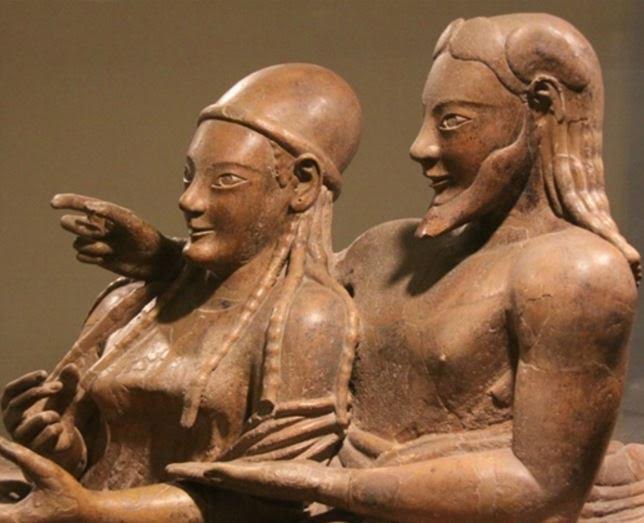
Etruscan funerary monument with man and woman dining together
Of course, the name of Tuscany comes from the Etruscans, those people who inhabited that beautiful land and from which the kings of Rome originated. Etruscan culture and religion was extremely rich, and it is the Etruscans who were largely responsible for the import of Greek culture and religion to Italy, including wine making and olive growing.
But we’re not here to talk about the Etruscans today. If you would like to read about the Etruscans, I urge you to read my previous post on The Elusive Etruscans HERE.
Today we’re going to be taking a brief look at Etruria during the Roman period. What was Roman Etruria like? What role did it play in the broader Italian peninsula and the Empire itself?
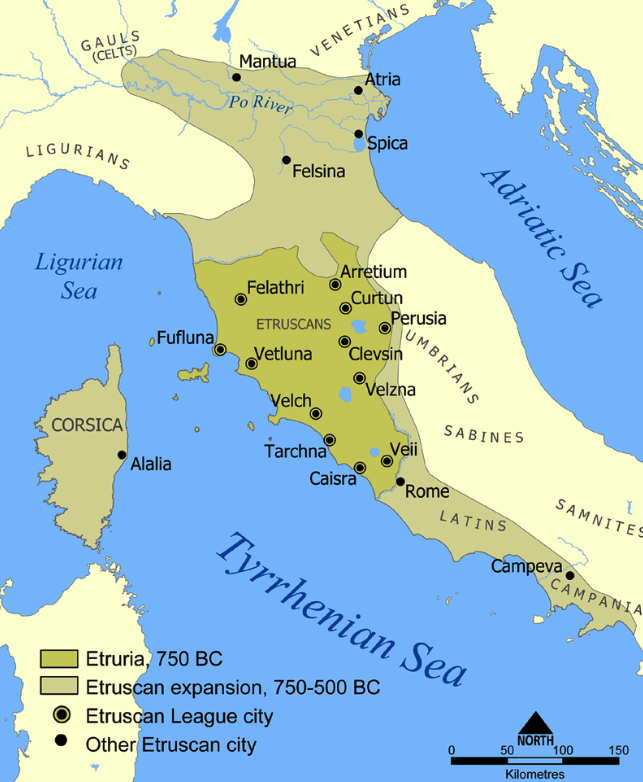
Ancient Etruria (Wikimedia Commons)
During the period of Etruscan hegemony, the cities of Tuscany with which we are familiar today were not necessarily the primary settlements. The settlements of Veia (Veii), Velsna (Volsinii), Tarchina (Tarquinii), Perusana (Perusia), Aritium (Aretium), Clusium (Cortona) and a few others were more active.
The settlements that tourists are attracted to today, such as Florentia (Florence), Luca (Lucca), Pisae, and Saena Iulia (Siena) thrived more under the Romans, and then reached their peaks during the Middle Ages. To read about the origins of Roman Florence, CLICK HERE.
If you can ignore some of the ‘modern’ architecture and passing cars of today’s Tuscany, however, you can catch a glimpse of what ancient Etruria was like. It was, of course, a place rich in art and religion under the Etruscans, but after the fall of the kings especially, Rome began to put its mark on Etruria.
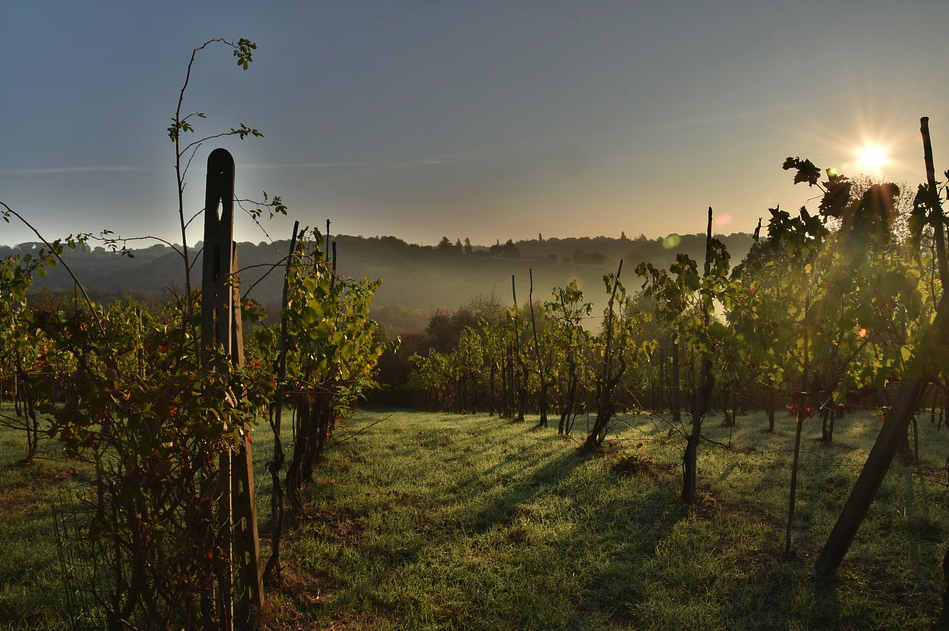
Vineyards in Tuscany
Roman roads such as the via Aurelia, the via Clodia, the via Cassia, and the via Flaminia were extended through the land, aqueducts and sewers were built, and there were more public and private construction projects.
Etruscan culture was not, however, erased by Rome. It was assimilated and adopted, especially when it came to religious arts such as augury and haruspicy. Haruspicy, the art of divining the will of the Gods through the examination of entrails after sacrifices (ex. the liver), and the reading of omens, prodigies and portents was a uniquely Etruscan skill that was adopted by Rome. Both the Senate and the army used haruspices who were trained in Etruria.
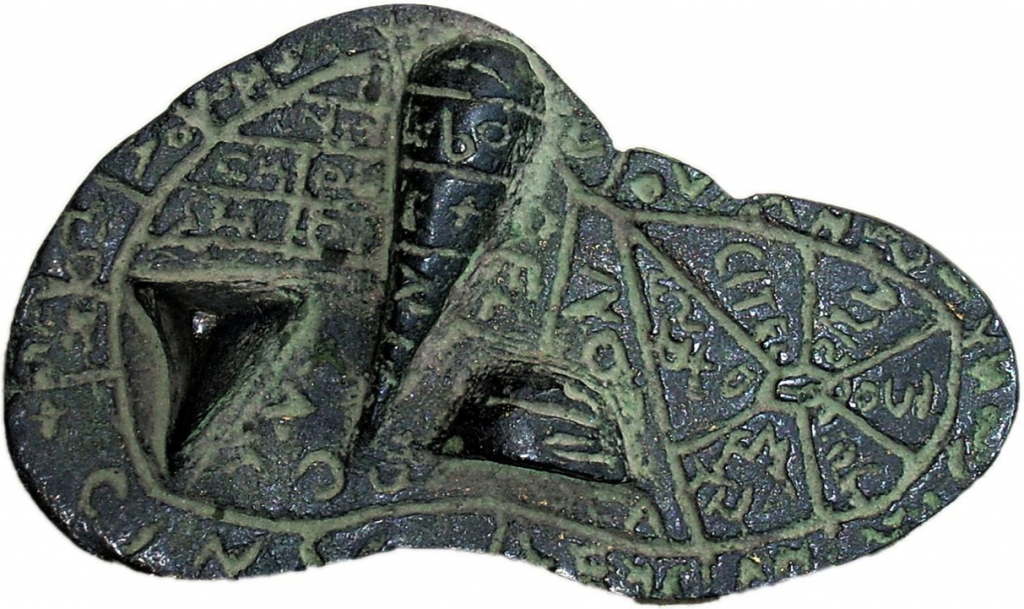
Etruscan bronze liver that may have served as an instructional model for a haruspex (Wikimedia Commons)
When it came to Roman Etruria though, agriculture was the order of the day, not only as a means of food production, but also as a civilized pastime for the Roman elite.
Roman Etruria was by and large a villa economy of latifundia, agricultural estates, of which the villas were the centre.
But the Romans considered farming not only as a means for income and food production, but also as a civilized retreat from the stresses of life too. Writers such as Cato the Elder, Varro and Columella write extensively about the agricultural life.
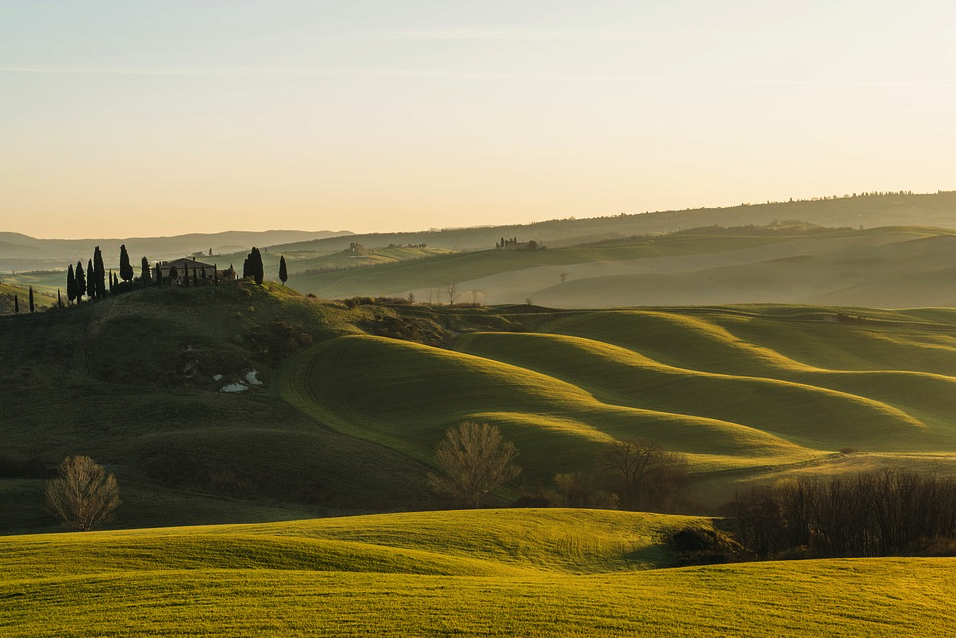
There was a certain moral superiority in farming, with a stress on learning and proper estate management.
One who devotes himself to agriculture should understand that he must call to his assistance these most fundamental resources: knowledge of the subject, means for defraying the expenses, and the will to do the work. For in the end, as Tremelius remarks, he will have the best-tilled lands who has the knowledge, the wherewithal, and the will to cultivate them. For the knowledge and willingness will not suffice anyone without the means which the tasks require; on the other hand, the will to do or the ability to make the outlay will be of no use without knowledge of the art, since the main thing in every enterprise is to know what has to be done — and especially so in agriculture, where willingness and means, without knowledge, frequently bring great loss to owners when work which has been done in ignorance brings to naught the expense incurred. Accordingly, an attentive head of a household, whose heart is set on pursuing a sure method of increasing his fortune from the tillage of his land, will take especial pains to consult on every point the most experienced farmers of his own time; he should study zealously the manuals of the ancients, gauging the opinions and teachings of each of them, to see whether the records handed down by his forefathers are suited in their entirety to the husbandry of his day or are out of keeping in some respects.
(Columella, De Re Rustica, 1.1)
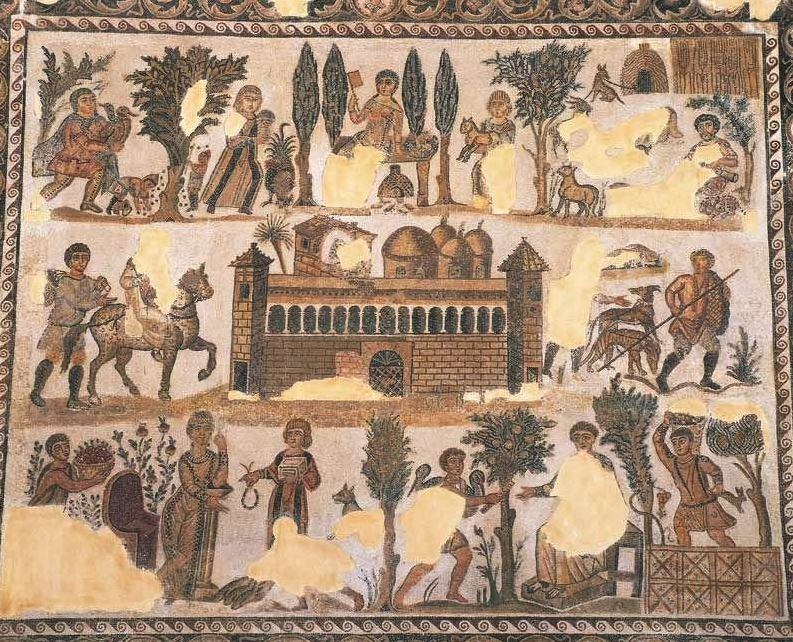
Mosaic depicting Roman country life and activities.
When we think of Tuscany today, one of the first things that comes to mind is wine. Chianti is certainly my favourite nectar! The wine trade in Etruria was begun by the Etruscans through their contact with the Greeks in about the 6th century B.C., but during the Roman period, Etrurian wine was imported throughout the Empire.
This wine trade was eventually overtaken by production in Hispania and Gaul in the 1st century B.C. but wine production did continue as an important part of the villa economy in Etruria.
The other main crops in Roman Etruria were olives and olive oil production, which continues to this day in the region, alongside wine-making.
The villa rustica was at the heart of this world, and even as you drive around today, you will see villas and farmhouses at the centre of grape and olive crops amongst those unmistakable Tuscan hills.
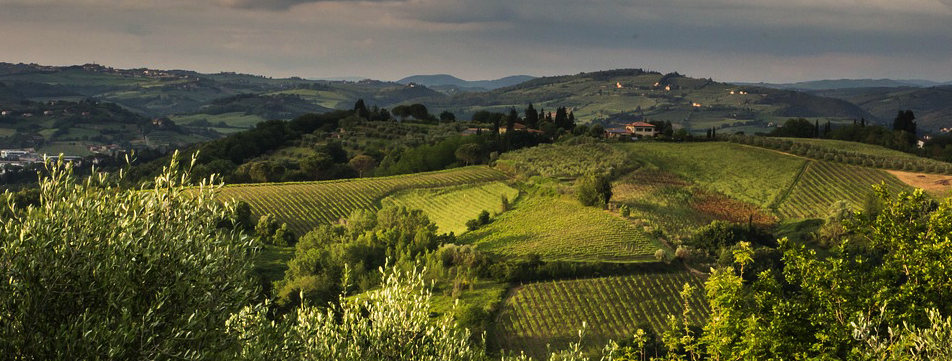
Tuscan farm
Other activities on latifundia were the rearing of various poultry, bees, boar, fruit trees which required a knowledge of grafting, fresh water fish ponds, hare warrens, and even such things as that most Roman of delicacies, dormice.
Farming was socially acceptable to elite Romans, but it was also frowned upon to have a lavish villa that did not produce. It was considered poor form to neglect agriculture. Cato the Elder certainly had his opinions about what constituted a good estate:
When you are thinking of acquiring a farm, keep in mind these points: that you be not over-eager in buying nor spare your pains in examining, and that you consider it not sufficient to go over it once. However often you go, a good piece of land will please you more at each visit. Notice how the neighbours keep up their places; if the district is good, they should be well kept. Go in and keep your eyes open, so that you may be able to find your way out. It should have a good climate, not subject to storms; the soil should be good, and naturally strong. If possible, it should lie at the foot of a mountain and face south; the situation should be healthful, there should be a good supply of labourers, it should be well watered, and near it there should be a flourishing town, or the sea, or a navigable stream, or a good and much travelled road. It should lie among those farms which do not often change owners; where those who have sold farms are sorry to have done so. It should be well furnished with buildings. Do not be hasty in despising the methods of management adopted by others. It will be better to purchase from an owner who is a good farmer and a good builder. When you reach the steading, observe whether there are numerous oil presses and wine vats; if there are not, you may infer that the amount of the yield is in proportion. The farm should be one of no great equipment, but should be well situated. See that it be equipped as economically as possible, and that the land be not extravagant. Remember that a farm is like a man — however great the income, if there is extravagance but little is left. If you ask me what is the best kind of farm, I should say: a hundred iugera of land, comprising all sorts of soils, and in a good situation; a vineyard comes first if it produces bountifully wine of a good quality; second, a watered garden; third, an osier-bed; fourth, an oliveyard; fifth, a meadow; sixth, grain land; seventh, a wood lot; eighth, an arbustum; ninth, a mast grove.
(Cato the Elder, De Agricultura, Book I)
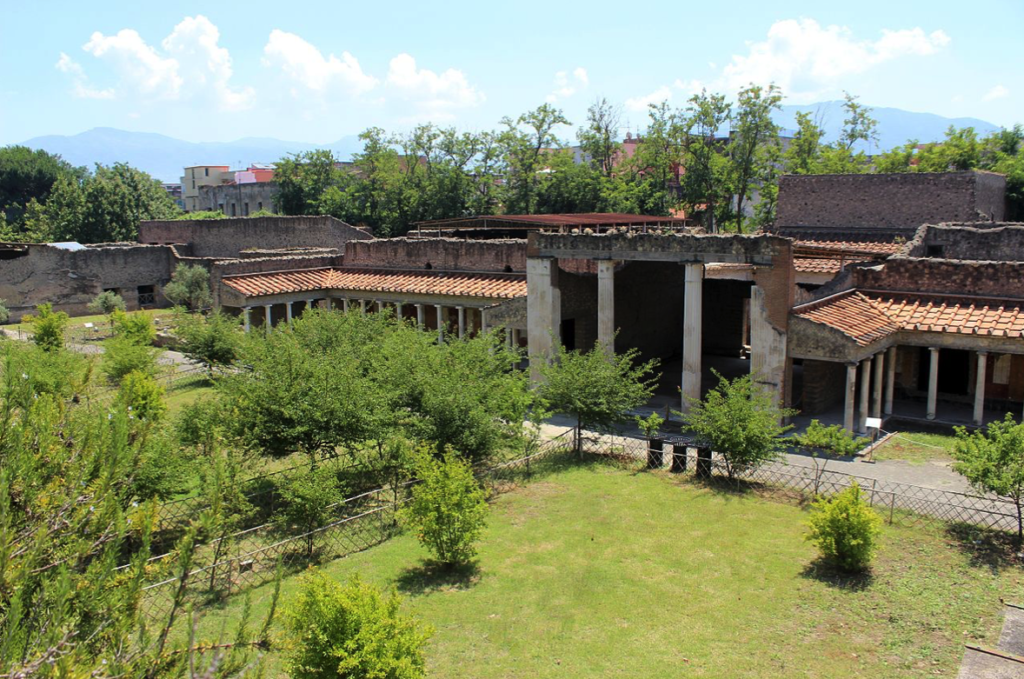
The Villa Poppaea is an ancient luxurious Roman seaside villa (villa maritima) near Naples. (Wikimedia Commons)
Villa rusticae with successful and efficient farming production were considered appropriate and the most profitable in Roman Etruria, but we must also remember that Etruria had a long coastline.
Apart from the villa rustica, the villa maritima also played a role in the Etrurian economy. The primary focus of these estates was fish breeding, though this was not as prestigious a past-time as farming to some Romans.
Though Roman Etruria did have larger settlements such as Florentia, Veii, Volterrae and Clusium, the overall picture we have of Roman Etruria is one of agriculture, much as it is to this day. As the empire expanded, Etrurian production of things such as wine and oil would have been overtaken by other provinces, but it would still would have been a place where elite Romans escaped the trials of life, but also enabled them to make an income from their lands, that is, if they ran them well.
If you are familiar with the Eagles and Dragons series, you will recognize the Metellus family villa in Etruria as a villa rustica, handed down from one generation to the next. It makes an appearance in The Blood Road.
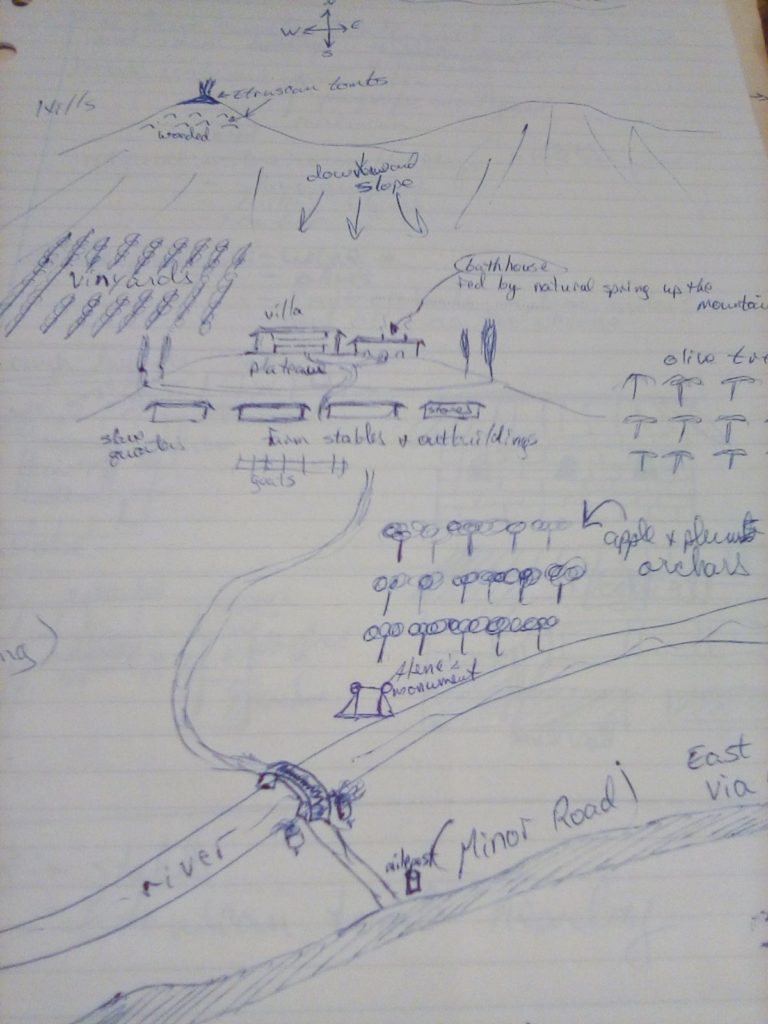
Early sketch of the Metellus villa in the Eagles and Dragons series. An example of a ‘villa rustica’.
The fictional Metellus villa came about as an amalgam of various sites I’ve visited in Tuscany over the years, and each time I’ve returned to it in fiction, I feel a familiar sense of awe at the beauty of that ancient landscape. It is quite unlike anywhere else in the world.
In a way, despite the changes in architecture and technology, Tuscany today is not too dissimilar to the Etruria of yesterday. You just need to know where to look.
Stay tuned for Part VII in The World of The Blood Road when we will be journeying to Delphi for a visit with the oracle of the god Apollo.
Thank you for reading.
The Blood Road is available on-line now in e-book and paperback at major retailers. CLICK HERE to get your copy. You can also purchase directly from Eagles and Dragons Publishing HERE.
If you are new to the Eagles and Dragons historical fantasy series, you can check out the #1 best selling prequel, A Dragon among the Eagles for just 1.99 HERE.


